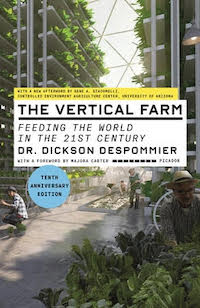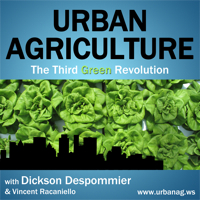I love to cook, and I really enjoy shopping for the evening meal’s ingredients and then creating it (and eating it, too). I am also a kitchen voyeur. So, the other night, while aimlessly flipping channels, I landed on a popular show on the Cooking Channel (their motto is “Stay Hungry”) called Iron Chef America. Some of you might be familiar with it. I don’t usually like contest shows, but the host was Alton Brown, a renowned chef and a damn funny and clever one, too, I might add. So I gave in and became thoroughly engrossed in the often-frenetic culinary machinations of two highly gifted food alchemists. I might also add that one of my favorite films is the adorable “Ratatouille”. I will watch it in its entirety when every I happen to see it playing on some cable station.
Two iconic iron chefs were selected, Bobby Flay, one of my favorites, and Rick Bayless, one of my other favorites. In my humble opinion, the only chefs comparable to these guys are Jacques Pepin, my current all-time favorite, and Julia Child, in my view the greatest all-round chef of modern times! Flay and Bayless were charged with using buffalo meat as the secret ingredient in as many Mexican/Southwestern style cuisine dishes as they could assemble in one hour. Of course they had lots of help from their highly competent staff of sous chefs. They both used lots of different ingredients derived from a wide variety of crop plants to augment and compliment the meats being prepared. As the show unraveled, amid Flay shout-outs and Bayless’ artful food plating schemes, I began fantasizing that one of the requirements of the contest should be that they had to use only those ingredients that were grown in their own vertical farms attached to their up-scale restaurants in New York and Chicago. In the end, cherubically charming Flay won on a single style point! I had them tied for first.
As I dozed off afterwards, with images of buffaloes jumping one at a time over the fence at the Ted Turner ranch in the Ruby River valley of western Montana, I got to thinking (dreaming) about LED lighting for indoor crops and how much we need to improve the situation before the commercial side of vertical farming becomes a no-brainer with respect to the return on investment side of things. Granted, there are lots of places where energy is never going to be a major factor in deciding whether or not to invest in a vertical farm, for example Iceland, New Zealand, and other parts of the world where geothermal energy is there for the taking. In addition, other areas in which solar energy is begging to be applied to this new agricultural initiative – The Middle East, Australia, the American Southwest – would also be able to employ LEDs as they currently exist and still reap a favorable return on their investment. But for the rest of us, help is needed at the level of improving LED lighting efficiency to encourage more people to get involved in building and operating vertical farms.
So… how would it play out if we could use the Iron Chef America format to showcase the latest in LED lighting, turning it into a lighting “throw-down”, in which anyone with an improved LED lighting system for making green plants grow faster and better using less energy than the currently commercially available LEDs could participate. Of course, the time frame would be longer than an hour; weeks to months would be more appropriate, depending upon the crops selected. In addition to the standard leafy green vegetables (kale, spinach, lettuce), root vegetables, vine crops, grains, and bush berries might be a good mix of crops to challenge any lighting scheme/growing system. All crops would be maintained under a standardized hydroponic configuration, save for the lighting. To insure fairness of growing conditions, a grand master/iron chef-like personality with indoor farming experience would be placed in charge. Rules and such would be drawn up by a blue-ribbon committee, and the contest would be well-advertized. High-end celebrity chefs, and green foodie Hollywood stars might decide to back such a venture. The Discovery Channel might pick up the show, calling it: “Let There Be Light”. At the end of the show, large cash prizes (millions of dollars; Mr. Buffett, are you listening?) would be awarded in each crop category to the group that showed a significant improvement in the ratio of grams of biomass produced per kilowatt of electricity used. The actual crops could be donated to worthy causes as food donations under the slogan, “Up With Food”!
{ 0 comments }

